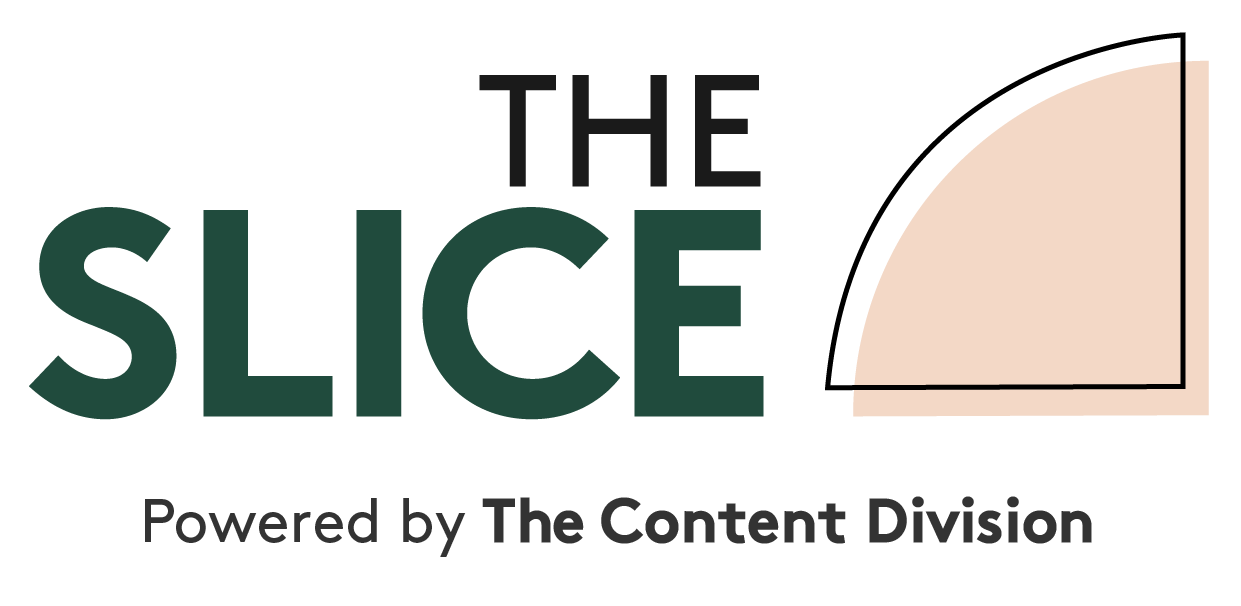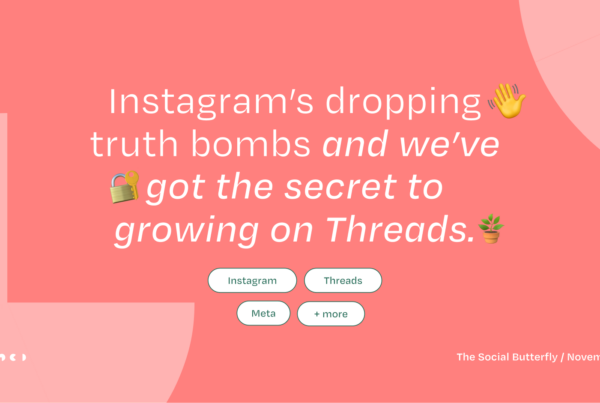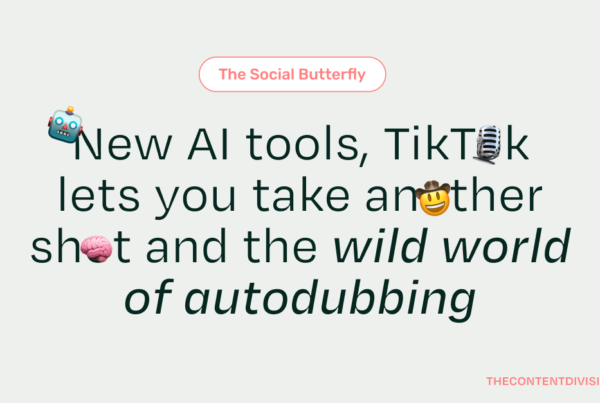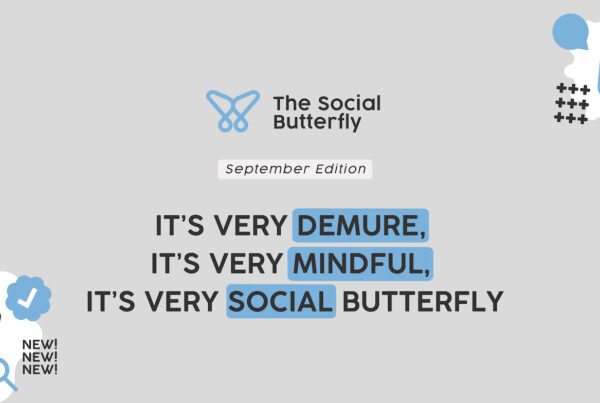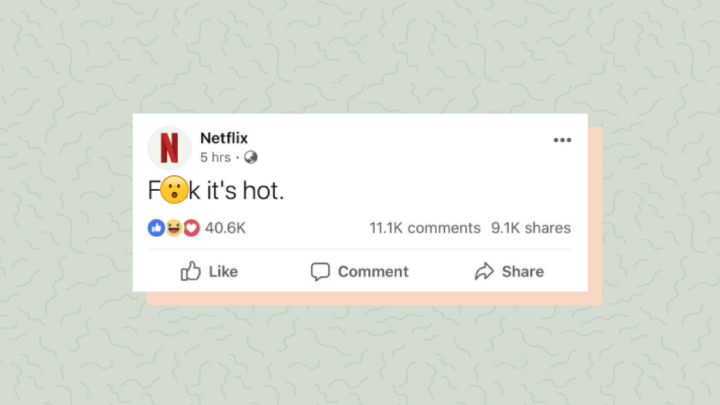
Remember Oreo’s “You can still dunk in the dark” tweet during the blackout at the 2013 Super Bowl? What about Netflix being absolutely fed up about how @#$%ing hot an Australian summer is? Or literally every fast food chain taking the piss out of each other and, sometimes, even their customers?
Reactive marketing – particularly in the wild west that is Twitter – can either be amazing, diabolically bad or ignored all together.
And then there’s the nuance in between. A clever message that gets attention but is completely off brand. A not-so-clever message that gets the wrong attention. A brand message that gets no attention. And then there’s the norm – a boring message that gets no attention.
But there are wins to be had when clever meets brand meets audience – here’s how to go about it.
Creativity rules, safety sucks
Just like page 2 of Google is where search results go to die, a safe, corporate-driven tone of voice is sure to leave your business hearing crickets. Because if a tweet falls in the woods and no one is there to see it, did it really happen? Of course it did. And when you put a whole lot of them together it looks awful.
That doesn’t mean creativity equals risk. In fact it’s the contrary. If you can free your marketing team up to really spend time finding the right narrative to join, to engage and leverage moments that matter, you’ll be off to a flying start. Oreo’s social team leveraging the Super Bowl’s blackout is a prime example.
Power out? No problem. pic.twitter.com/dnQ7pOgC
— OREO Cookie (@Oreo) February 4, 2013
Fast, clever, simple but great imagery, on-brand tone of voice. It’s everything you want in a reactive post. It looks so easy but wouldn’t exist without creativity at its core. Give your business a licence to push things to their creative edge.
Keep your brand’s values and voice alive
You need to join the conversations that make sense and that don’t put your brand in a precarious position. The example I think of every time was when a clothing brand saw the hashtag #cairo trending and thought it would be a good idea to link the hundreds of thousands of people taking to the streets in the Egyptian capital with the hype over the brand’s latest summer sale. Bummer.
Do your research on the moment/event/narrative you’re trying to leverage and make sure it aligns with your brand values. Then craft a message that matches the way you might speak to customers every day.
The Queensland Police Twitter account, love it or hate it, does a fantastic job of maintaining its authority while having some lighter and more fun moments with its audience.
Queensland Police are on the lookout for NSW’s “new era of dominance” which disappeared around Suncorp Stadium this evening. It is believed a man by the name of Gagai might be able to assist.
— Queensland Police (@QldPolice) June 5, 2019
Avoid getting a laugh at your potential customers’ expense
Fast food brands are horrifically bad at this. Someone complains about something or throws them shade and the fast food brand decides to roast them for some cheap likes, comments and shares.

Look, it’s pretty funny. I lol when they do it. But really, there’s no way they would treat a person like that in store. What’s more, complaints are the best opportunity to turn someone around and turn them into an advocate. Coincidentally fast food brands are also very good at this most of the time, so there is a fine line.
And that’s the nuance I was talking about. Recently a creative director in Melbourne leveraged Clive Palmer’s election result with an Ikea product to create an extremely clever concept for a billboard.

It’s really very smart. Timely, reactive, strong message and a clear call to action. I loved it so much I shared it on that garbage fire of a website LinkedIn and got a massive reaction. I also posted that it was on brand. And I’m wrong.
After some time to reflect it is, in my opinion, something Ikea would never, ever do in its marketing – leverage misfortune or a negative news story. It’s probably more at home in a Koala Mattress ad.
It doesn’t take anything away from the work – it’s so smart – but it just doesn’t tick those brand value boxes.
Reactive but totally planned, am I right?
Sometimes even the most seemingly reactive marketing requires deep planning, guidelines and precise execution. And why not? Creativity and brand values align, and you get an outstanding result. Just like Ikea. For an insight into how the company actually does manage its reactive marketing, check this out.
It has to benefit your brand, so know the goal and the realities
As always, business objectives need to be at the heart of your activities so make sure you know what you’re trying to achieve and why.
Long-term brand awareness with a broad audience? Great. Pushing your brand above the consideration of competitors? Sure. Sales tomorrow? Potentially. All of the above? Unlikely.
The brands that use reactive social media understand the purpose deeply, enable their people to execute with agility and embrace creativity with aplomb. But there is a prize at the end for those who do it well.
Because really, the brands that make people feel something are the ones that win the minds and wallets (and maybe the hearts) of consumers.
And they get to charge more for their products.
